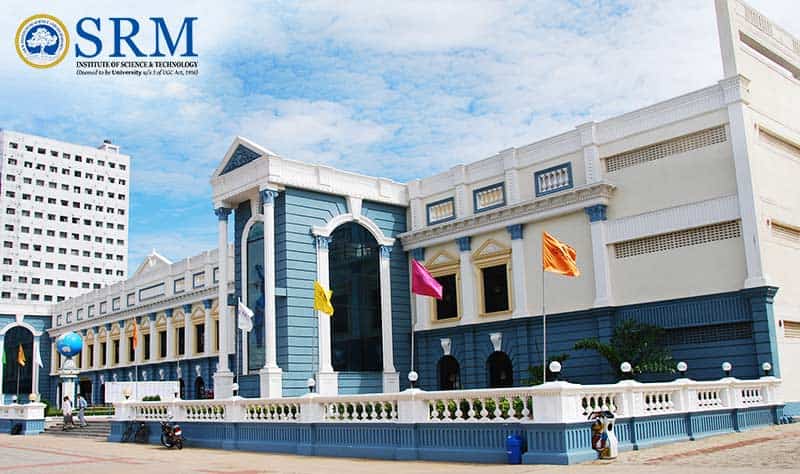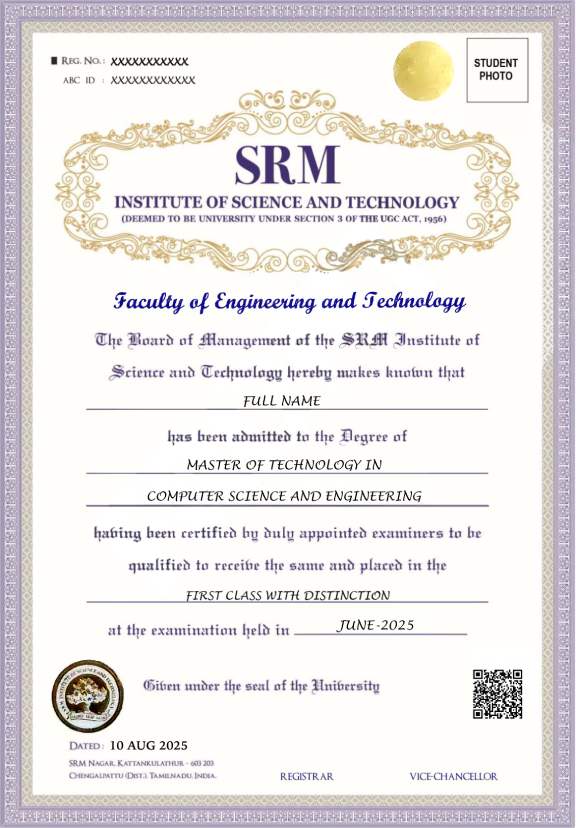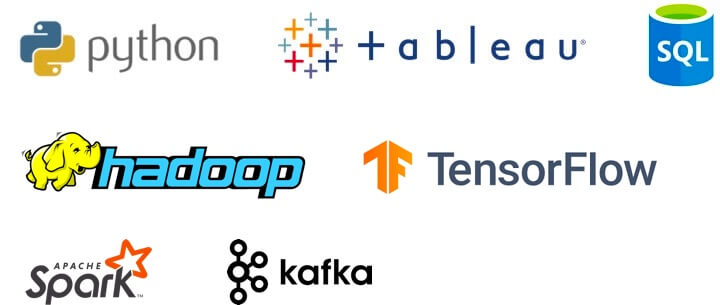Earn your Masters Degree from India's Top Ranked Institute

Ranked 12 in MHRD-NIRF*
*National Institutional Ranking Framework 2024
A++
Accredited with the highest NAAC* ‘A++’ grade*
*National Assessment and Accreditation Council

Globally ranked 4-Star university with a ‘Diamond’ rating by QS-IGAUGE India
*QS World University Rankings

Ranked 1st amongst top engineering colleges in India
*Times Engineering Survey - 2024
Why Choose this Program?
Comprehensive Curriculum
-
Learn Data Science, Data Visualisation, Machine Learning, Deep Learning, Big Data, and more
-
Hands-on learning through lab sessions on Python, SQL, Tableau, and other Data Science tools & techniques
Immersive Classroom Learning Experience
-
Offered in a Weekend learning format for working professionals
-
Classroom sessions at SRMIST Main Campus, Kattankulathur
Dedicated Career Support
-
Personalized Resume Review, 1:1 career guidance, mock interviews, and access to Job Board
-
4451+ Hiring Companies

Comprehensive curriculum designed by industry experts

Weekend classroom learning format

M.Tech Degree from SRMIST





 and more...
and more...


















 5,00,000*
5,00,000*





